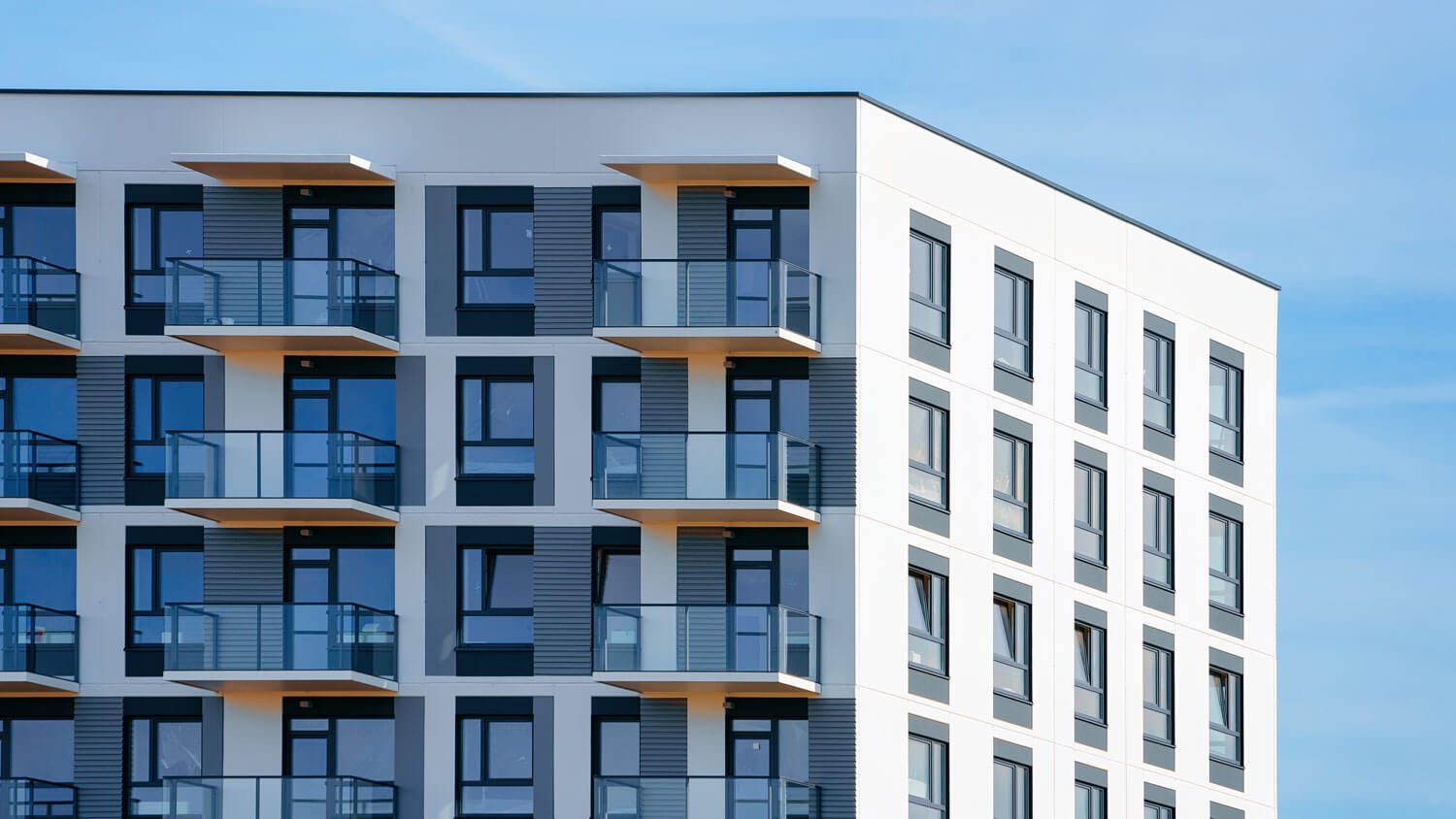Let’s face it. Very few real estate developers end up living within the communities they create. In fact, oftentimes there are major differences between those of us designing and developing housing and the actual residents who will inhabit it. As a result, there can be a disconnect between the projects you develop and what potential occupants actually want.
However, the most successful developers are undoubtedly those who can best connect their product with the needs and wants of consumers. Because of how clearly they position their projects in the minds of residents, they earn the distinction of standing out beyond comparison.
How then, do you confidently make design and development decisions that will resonate with potential residents?
1. Empathize with Your Future Residents
First, seek to build empathy with the end user. Empathy as a developer comes in the form of being able to put yourself in the place of the people for whom you are designing and building.
Architect Bjarke Ingels believes empathy is one of the greatest skills in designing for people. He describes empathy as “a form of creativity because you’re actually not feeling what the other one is feeling. You are imagining what they may be feeling and in a way you try to put yourself in their place, in their shoes.”
Although you will not be living in the apartments you are developing, it’s important to imagine yourself there in order to understand what someone would need or want from a space. Ingels continues:
It’s a good thing when you’re actually making something that you know that you yourself would like then you’re not designing for some kind of nameless, faceless crowd. You know that at least you’re making one person happy whereas if you’re designing for some kind of a generic statistical construct then you actually don’t know if anyone would like this even if it seems like the average would.
Instead of designing and creating for the average renter, you should seek to make something uniquely beneficial to a specific person. It’s great to put yourself into the place of your potential residents, but it’s better to learn as much as you can about who they are or will be. This way you’re not just designing for you and your friends, but for a specific group of people who are different from you.
The better you understand the people for whom you are creating your project, the more you will be able to practice empathy. With deep levels of empathy come deeper levels of insight and breakthrough design ideas that will differentiate your project from the mass of standard, cookie cutter options.
2. Stay Cutting Edge
Next, you need to distance yourself from the status quo. You can never pull ahead if you keep doing what everyone else is doing.
But that doesn’t mean you should just try to outdo the neighboring property. Merely keeping up with the Joneses is not a principle you want to base your strategy on. Instead of copying a neighboring comparable and trying to “do it better,” focus on doing it differently.
It may seem safe to continue to replicate what is currently working. And in some cases it may be. But over time you will fall behind the competition. That’s the nature of the market.
On the other hand, being different can come with some real risks. What if you commit to doing something novel and interesting, but it doesn’t land?
As a real estate developer you have to be comfortable with some level of uncertainty. The potential risk that keeps so many from innovating will play to your advantage. As long as you’ve developed deep empathy for your future residents, with reliable information about who they are and what they want, you won’t fail. With courage to try something new comes the opportunity to execute exciting designs that make your project stand out.
3. Focus on Value and Authenticity
Finally, invest in things of genuine value to apartment residents. Responding to market trends is not about what other developers are doing, it’s about what consumers are saying and wanting.
As you innovate and try out new and exciting ideas, take care not to come across as being different just for the sake of being different. Today’s consumers are looking for authenticity from brands, especially with apartments where they will spend so much of their time and income.
Thus, any differentiating feature of your property should be hyper-focused on providing tangible value to residents. For example, apartment residents value access and convenience. A golf simulator isn’t going to impress them if they can’t easily take care of their basic needs like buying groceries and fitting exercise into their busy schedule.
Rooftop and outdoor amenities present a unique opportunity to be creative while consistently providing great value to residents. Urban apartment dwellers value time outdoors and a connection with nature, and providing these conveniently within their apartment community is a huge draw. Rooftop and outdoor amenities have the flexibility to be configured in distinct ways and – unlike the apartment units – they can vary greatly from project to project.
Rooftops amenities are social spaces that can be tied to the community brand and represent the people who live there. They are inherently exciting and can only add to the perceived value of your apartment amenity package. As you utilize rooftop amenities to convey value and authenticity to your potential tenants, you’ll have many opportunities to differentiate your project.
